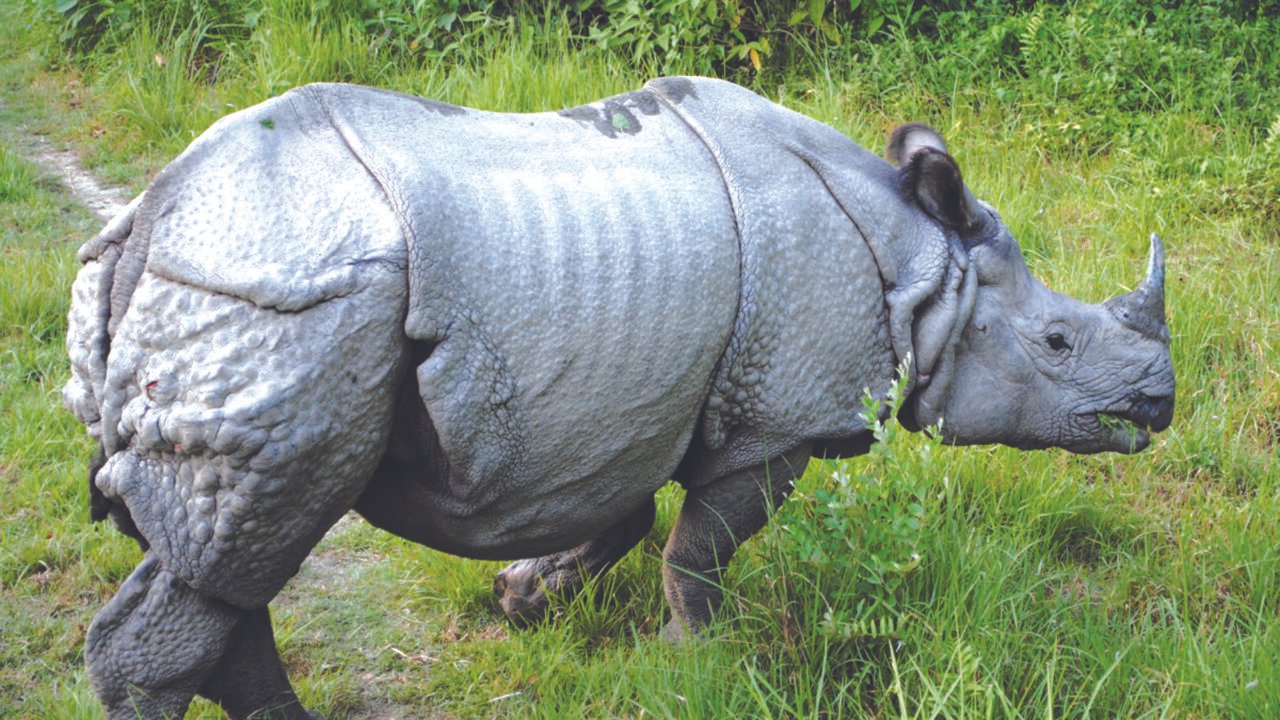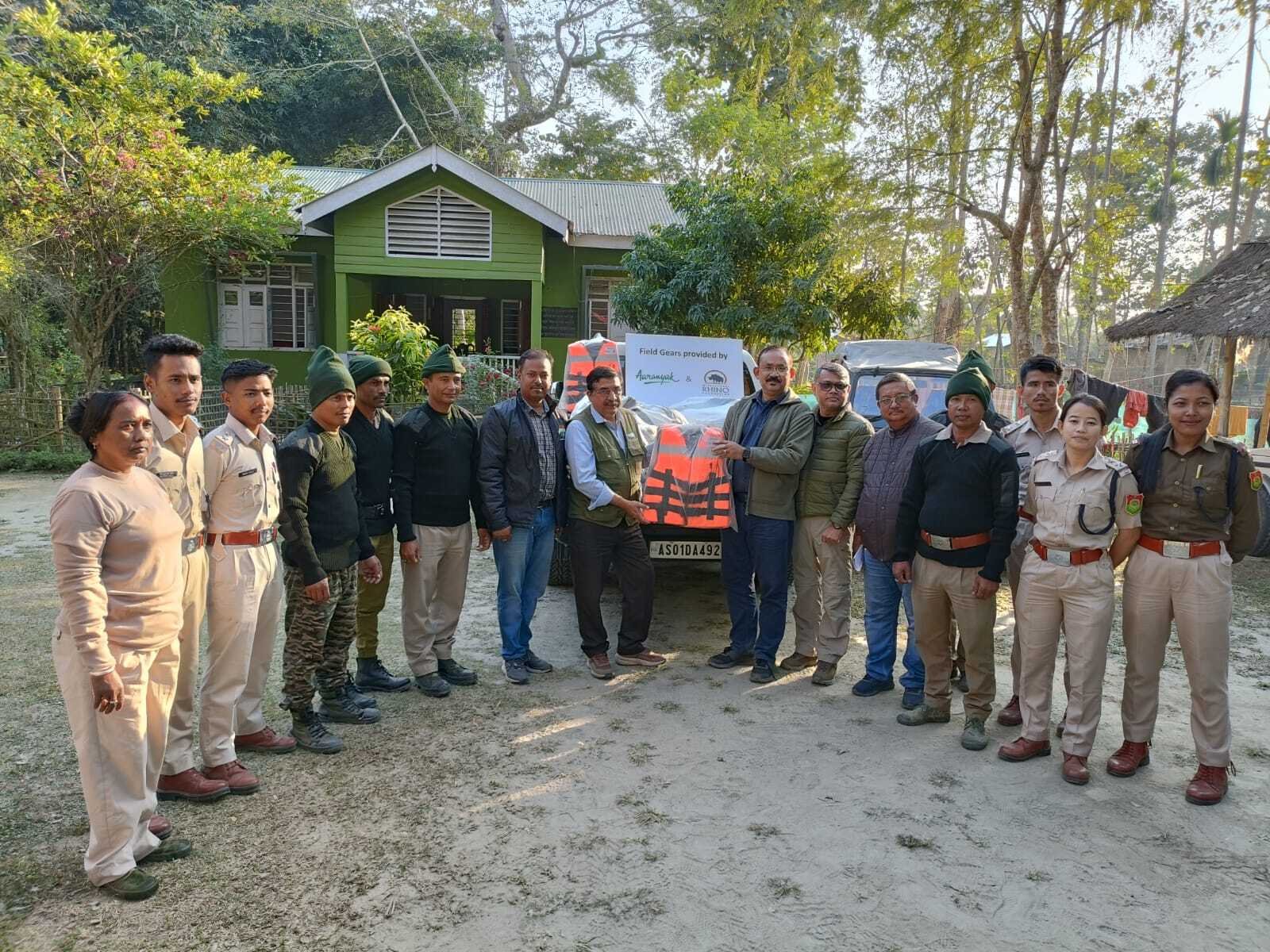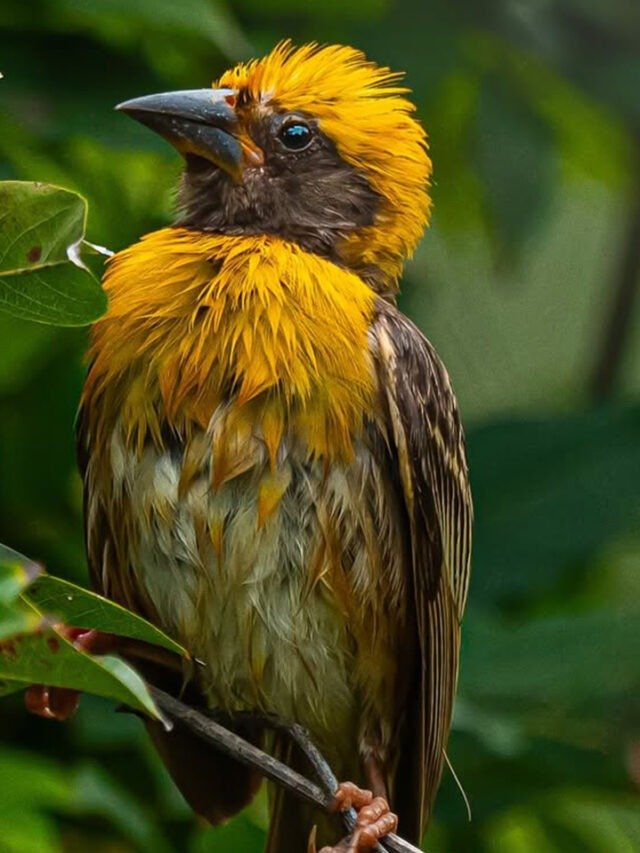HT Bureau
GUWAHATI, Dec 10: The Laokhowa and Burhachapori Wildlife Sanctuaries (LBWLS) provide vital riverine habitats for the greater one-horned rhinoceros, as well as a buffer zone for the Kaziranga Tiger Reserve.
Over the last several decades, the rhino population was exterminated by well-organised gangs of poachers in Laokhowa and Burhachapori, taking advantage of prolonged socio-political unrest during the 1980s. Transient rhinos from Kaziranga and Orang National Parks were observed in the sanctuaries’ habitat, but they returned for various reasons.
The state government initiated bold steps by expanding the areas of Burhachapori Wildlife Sanctuary, Orang National Park, and Kaziranga National Park, leading to connectivity through Brahmaputra riverine areas, facilitating natural dispersal. With recent improvements in habitat, protection measures, and community support, the natural movement of rhinos to the sanctuaries has occurred from Orang and Kaziranga National Parks.
It has even been reported that some rhinos have settled in the sanctuaries as their new home. To ensure that rhinos remain in natural habitats, park authorities have enhanced their capabilities to secure the habitats and monitor them scientifically.
As part of its efforts to ensure a rigorous monitoring and patrolling program, the Nagaon Wildlife Division organised a one-day rapid orientation program on December 7. The program was led by Jayanta Deka, divisional forest officer of Nagaon Wildlife Division, along with other officials from the division, with technical assistance from Dr Bibhab Kumar Talukdar, Dr Deba Kumar Dutta, and Arup Das from Aaranyak.
Nagaon Girls’ College contributed to the orientation, with Dr Kulen Das and Dr Smarajit Ojha serving as knowledge partners. Additionally, Dilwar Hussain represented the Laokhowa and Burhachapori Conservation Society. The event was held at three locations within the sanctuaries and involved approximately 100 staff members.
Practical, on-the-ground training was provided to each participant at their respective field sites. This initiative aims to improve staff motivation and equip them with advanced technical skills for rhino monitoring and conservation.
It is expected that the Laokhowa and Burhachapori sanctuaries will gradually regain their ecological significance as thriving rhino habitats due to continued conservation efforts and improved protection measures. This orientation program represents a collaborative effort to safeguard rhinos and ensure their habitat.
This initiative is likely to enhance knowledge and enthusiasm among the frontline protection team engaged by the Forest Department to secure wildlife and habitats. The people of Nagaon district are eagerly awaiting the arrival of a few translocated rhinos to establish a sustainable population of greater one-horned rhinos in these two sanctuaries under the next phase of the Indian Rhino Vision.












